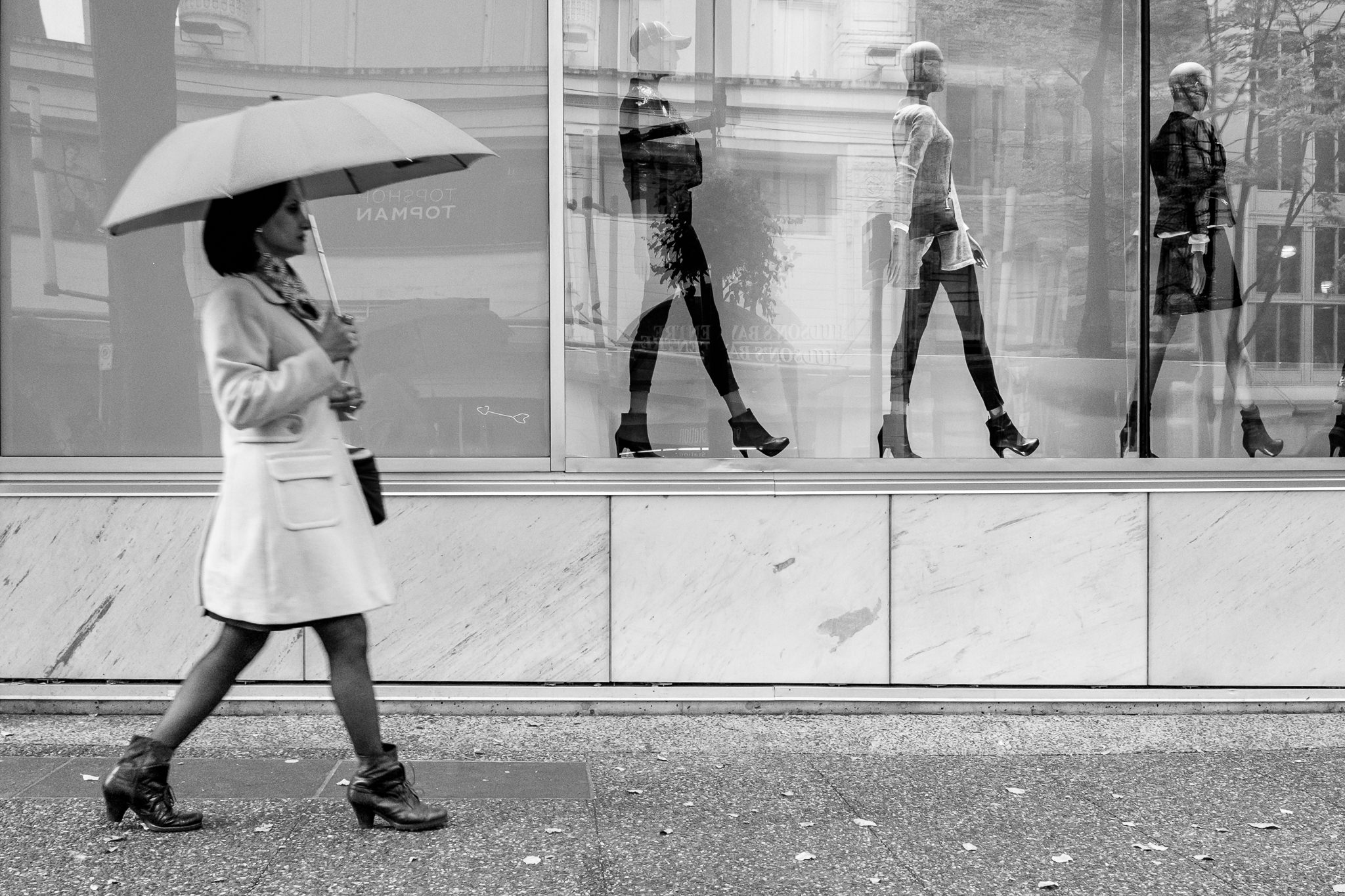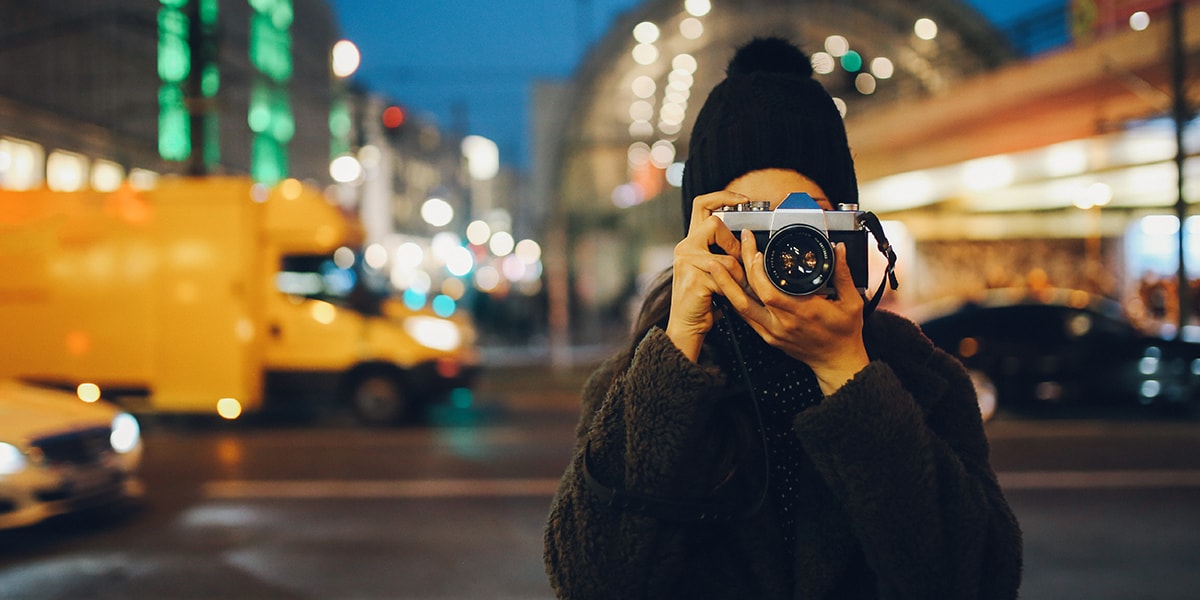Everything about Framing Streets
Wiki Article
The Ultimate Guide To Framing Streets
Table of ContentsThe 4-Minute Rule for Framing StreetsThe Ultimate Guide To Framing StreetsThe Buzz on Framing StreetsFraming Streets for Beginners

Both at the Museum of Modern Art (Mo, MA). Inspired by Frank, in the 1960s Garry Winogrand, Lee Friedlander and Joel Meyerowitz started photographing on the streets of New York. Phil Coomes, creating for BBC News in 2013, stated "For those people interested in road digital photography there are a couple of names that stick out and one of those is Garry Winogrand"; doubter Sean O'Hagan, composing in in 2014, claimed "In the 1960s and 70s, he specified road digital photography as a perspective as well as a design and it has laboured in his darkness ever before considering that, so clear-cut are his photos of New York." Going back to the UK in 1965 from the United States where he had actually met Winogrand and taken on road photography, Tony Ray-Jones turned a wry eye on often unique groups of British individuals on their holidays or joining events.
Road photography is a huge category that can be defined in lots of ways, but it is often characterized by the spontaneous capturing of an unrepeatable, fleeting moment, usually of the everyday going-ons of strangers. It is typically fired with larger angle lenses (e. g. 35mm) and normally features metropolitan settings.
Framing Streets - Questions
Documentary photographers usually have actually a defined, premeditated message and an objective to record certain events in history (https://giphy.com/channel/framingstreets1). The range of the documentary strategy includes aspects of journalism, art, education, sociology and history. In social examination, docudrama photos are commonly planned to provoke, or to highlight the need for, social adjustmentStreet digital photography is typically viewed as unposed and honest, but there are a few street professional photographers that engage with complete strangers on the roads and take their pictures. Street portraits are unexpected pictures taken of strangers while out doing street photography, nonetheless they are seen as positioned due to the fact that there is communication with the subject.
Photographing people and areas in public is lawful in a lot of nations safeguarding freedom of expression and journalistic liberty. There are typically limits on just how pictures of people might be made use of and most countries have particular legislations relating to people's personal privacy.
Top Guidelines Of Framing Streets
While the common-law provinces adhere to the United Kingdom, relative to the flexibility to take images in a public place, Quebec legislation supplies that, in the majority of situations, their magazine can occur only with the consent of the subjects therein. The European Union's Human being Legal right Act 1998, which all EU countries need to promote in their domestic legislation, develops in a right to personal privacy. The right to privacy is protected by Write-up 8 of the convention. In the context of photography, it stands at probabilities to the Article 10 right of freedom of speech. Courts will usually consider the public rate of interest in balancing the civil liberties via the legal examination of symmetry. While additionally limiting digital photography in order to safeguard privacy civil liberties, road photography can still be lawful in France when gone after as an art form under certain conditions.
. that simply wandered right into a scene), or that are not even recognizable in the picture. https://framing-streets.jimdosite.com/. It likewise does not usually reach individuals who are somebodies her latest blog (e. g - vivian maier. political leaders or celebrities). If an image is considered art, the courts will certainly also think about the digital photographer's freedom of creative expression; meaning that "artistic" street photography can still be legally published in particular situations
6 Easy Facts About Framing Streets Shown
In Greece the right to take photos and release them or market licensing rights over them as fine art or editorial web content is secured by the Constitution of Greece (Post 14 and various other posts) and totally free speech laws in addition to by case legislation and lawful instances. Photographing the police and releasing the photos is also legal.In Hungary, from 15 March 2014 anybody taking pictures is practically breaking the law if a person wanders right into shot, under a new civil code that outlaws taking photos without the authorization of everybody in the photo - vivian maier. This increases the legislation on permission to include the taking of photos, in addition to their magazine
'Covert digital photography' (kakushidori concealed, surreptitious digital photography) 'stolen photography' (nusumitori with no intent of getting consent) and "quick digital photography' (hayayori before approval and rejection can be given) are prohibited unless in the former approval is gotten from the subject promptly after taking the photo. People have rights to their images (shzken, droit de photo).
Report this wiki page